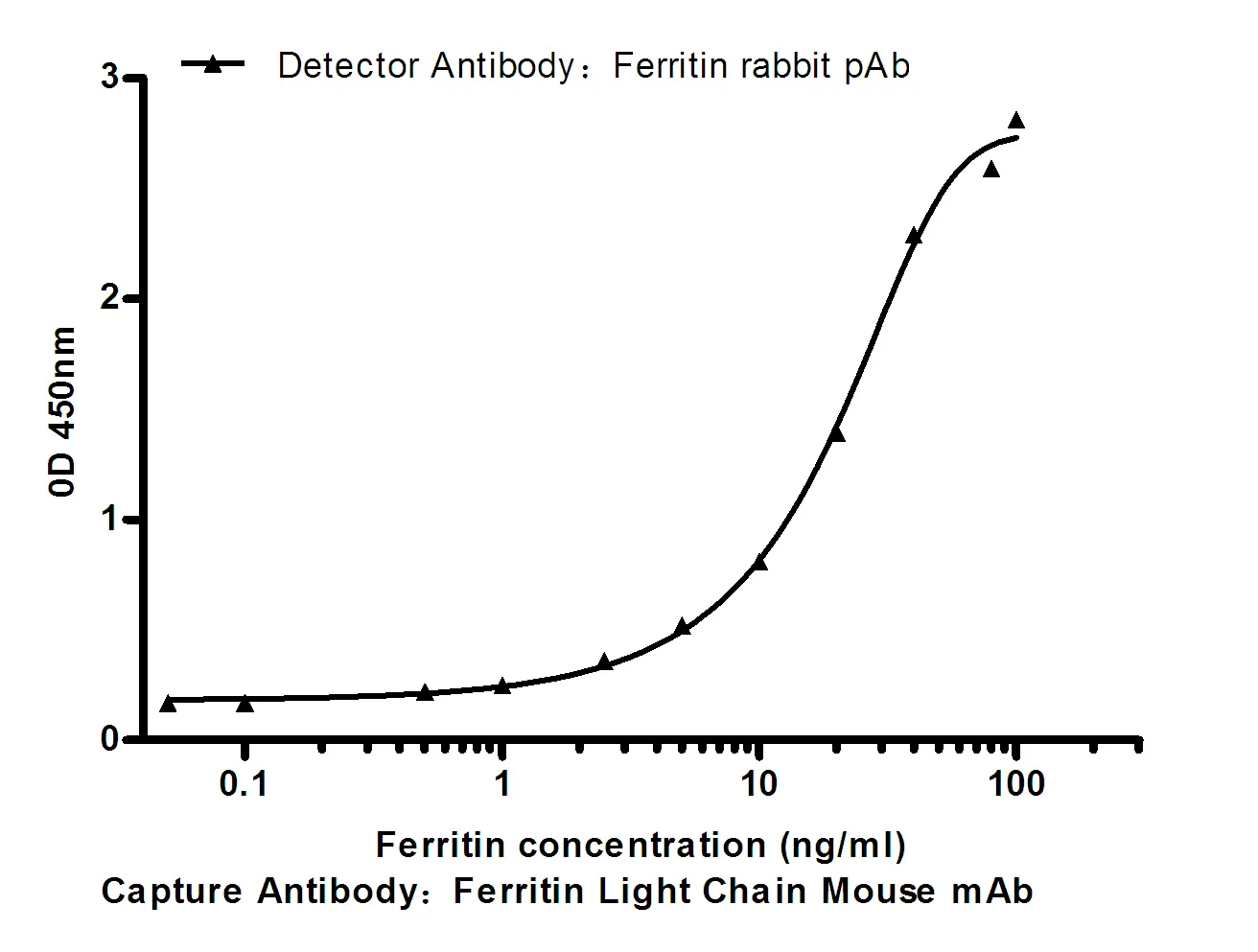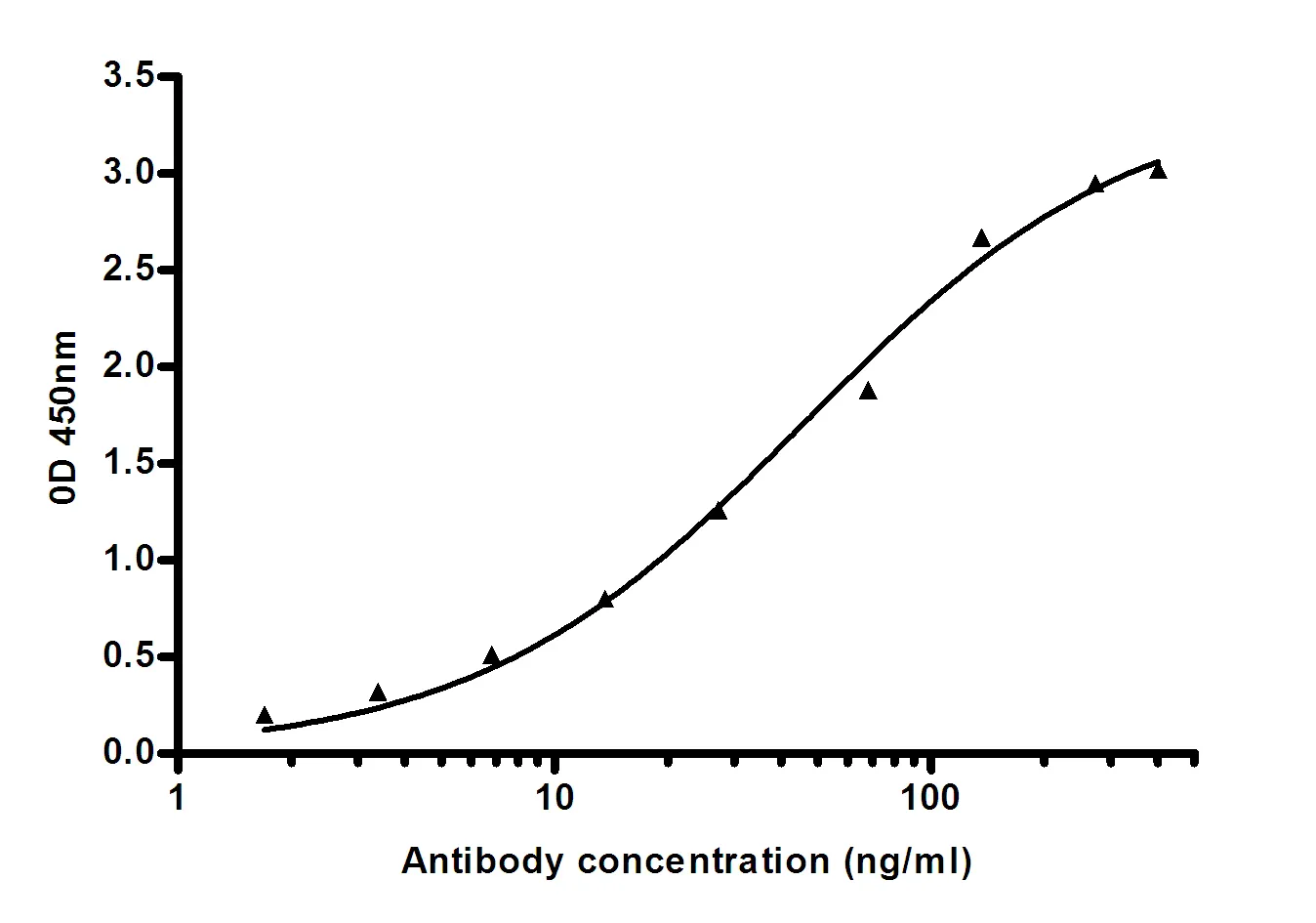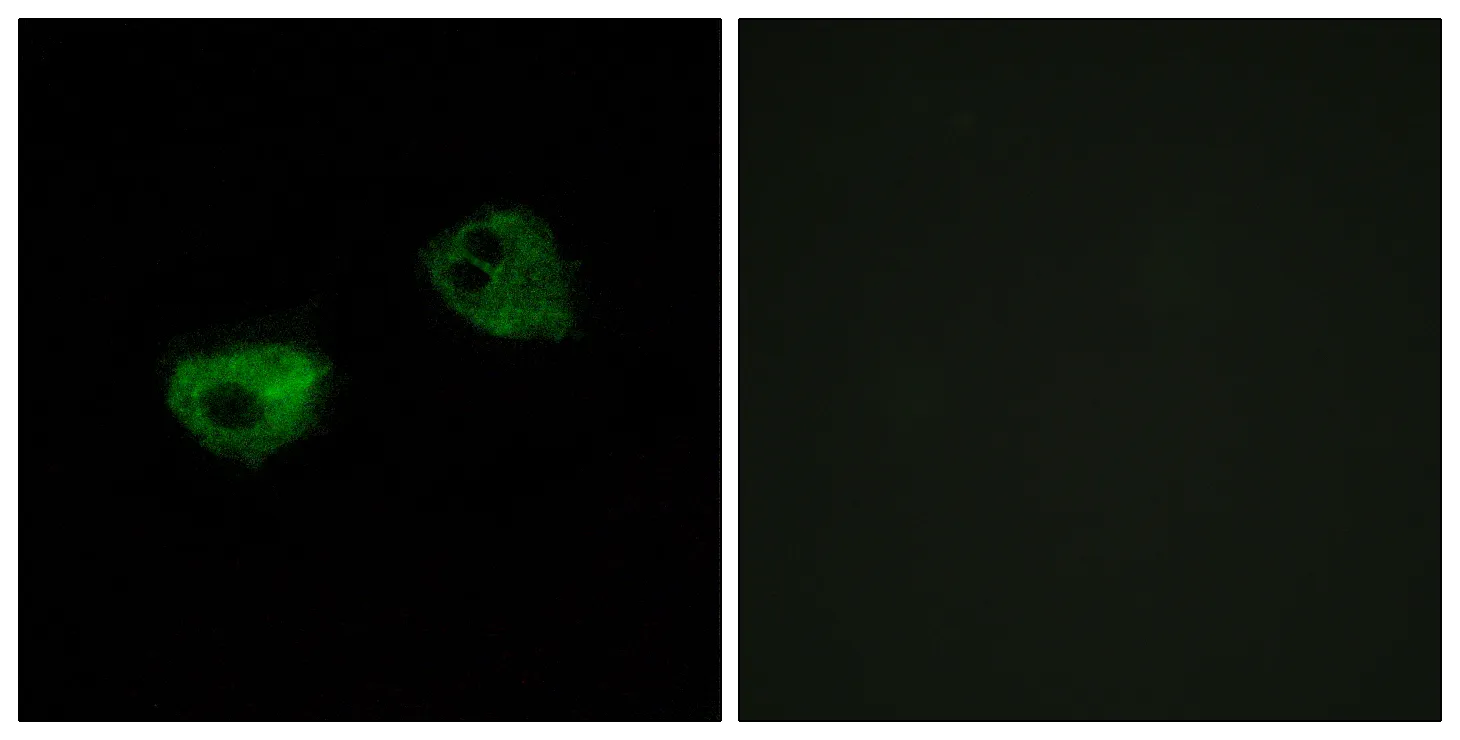Summary
Performance
Immunogen
Application
Background
CHRAC1 is a histone-fold protein that interacts with other histone-fold proteins to bind DNA in a sequence-independent manner. These histone-fold protein dimers combine within larger enzymatic complexes for DNA transcription, replication, and packaging.[supplied by OMIM, Apr 2004],function:Forms a complex with DNA polymerase epsilon subunit POLE3 and binds naked DNA, which is then incorporated into chromatin, aided by the nucleosome remodeling activity of ISWI/SNF2H and ACF1.,subunit:Interacts with POLE3. Together with POLE3, ACF1 and ISWI/SNF2H proteins, it forms the ISWI chromatin-remodeling complex, CHRAC.,tissue specificity:Expressed in all tissues tested, including, heart, brain, placenta, lung, liver, skeletal muscle, kidney and pancreas.,
Research Area






